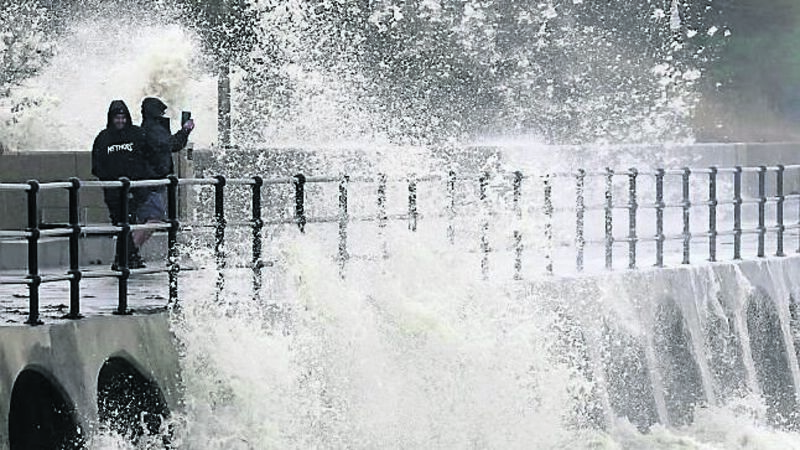EPA: Ireland must build climate resilience into the way it manages bathing waters

Ireland's Environmental Protection Agency says record rainfall and storms led to more beach closures in 2023 than in previous years. Picture: Gareth Fuller/PA
The number of pollution incidents causing the closure of beaches in Ireland rose by a third last year, as the environment watchdog warned we must “build climate resilience” into how we manage bathing waters.
The Environmental Protection Agency (EPA) said record rainfall last July and storms in April led to more beach closures in 2023 than in previous years, as waste water overflows and runoff from agricultural lands can damage the water quality in an area.
“This needs action by all sectors including Uisce Éireann, local authorities, and agriculture,” said Eimear Cotter, the director of the EPA’s Office of Evidence and Assessment.
“While beach closures play an important role in protecting bathers’ health, local authorities need to improve their understanding of the pressures which can impact beaches in the context of changing rainfall patterns.”
CLIMATE & SUSTAINABILITY HUB
Forty-five pollution incidents were reported to the EPA during 2023, compared to 34 the previous year. When they happen, swimming restrictions are put into effect until sampling shows the water quality is safe.
Local authorities put up 228 ‘prior warning’ notices at beaches last year to warn swimmers that short-term pollution may occur due to heavy rainfall for a few days. This was up 42 on the previous year. Such warnings are removed when sampling shows the water is safe.
In Sandymount, the main sources of pollution are misconnections and sewage overflows which contaminate streams flowing to the bathing water, dog fouling left on the beach, and birds.
CLIMATE & SUSTAINABILITY HUB













